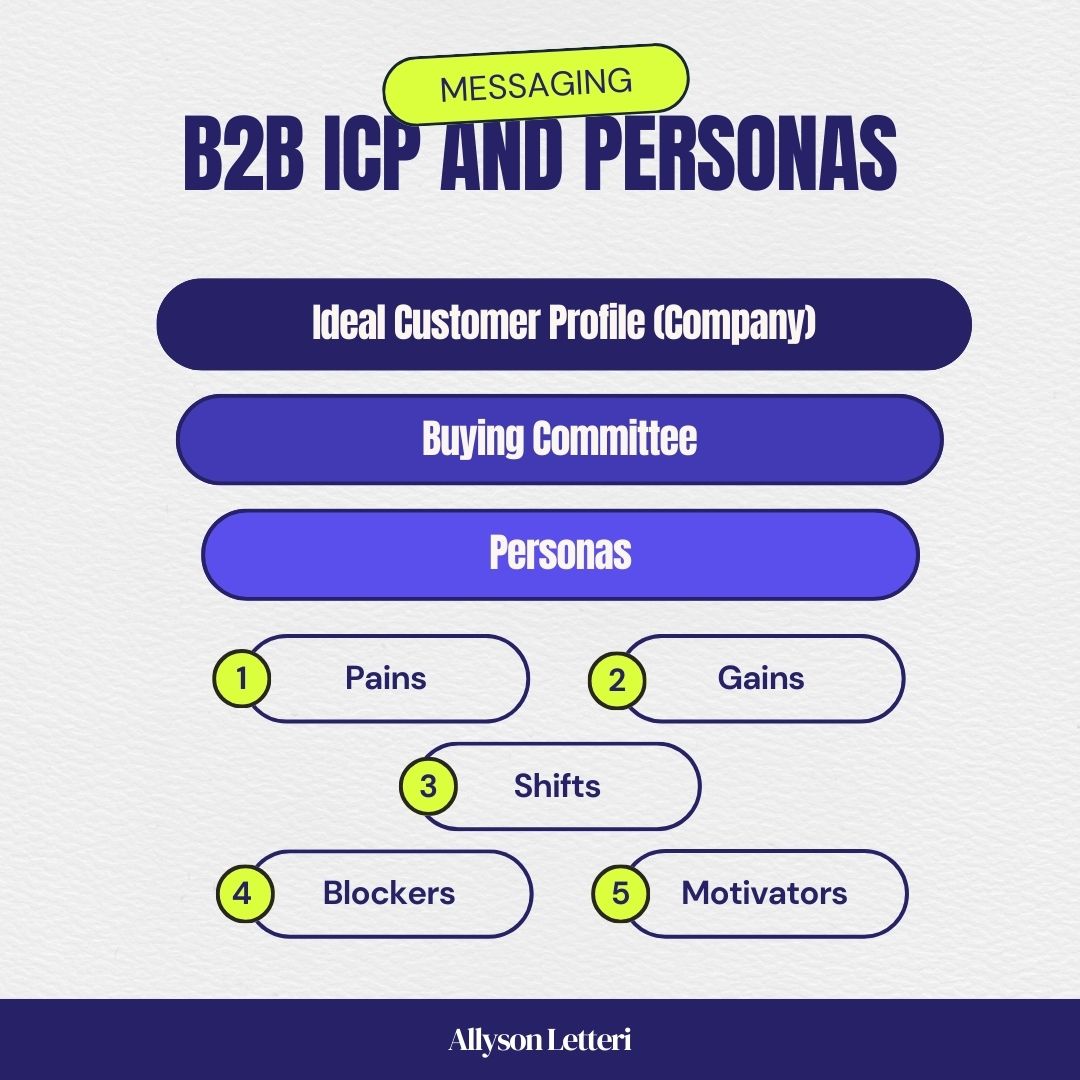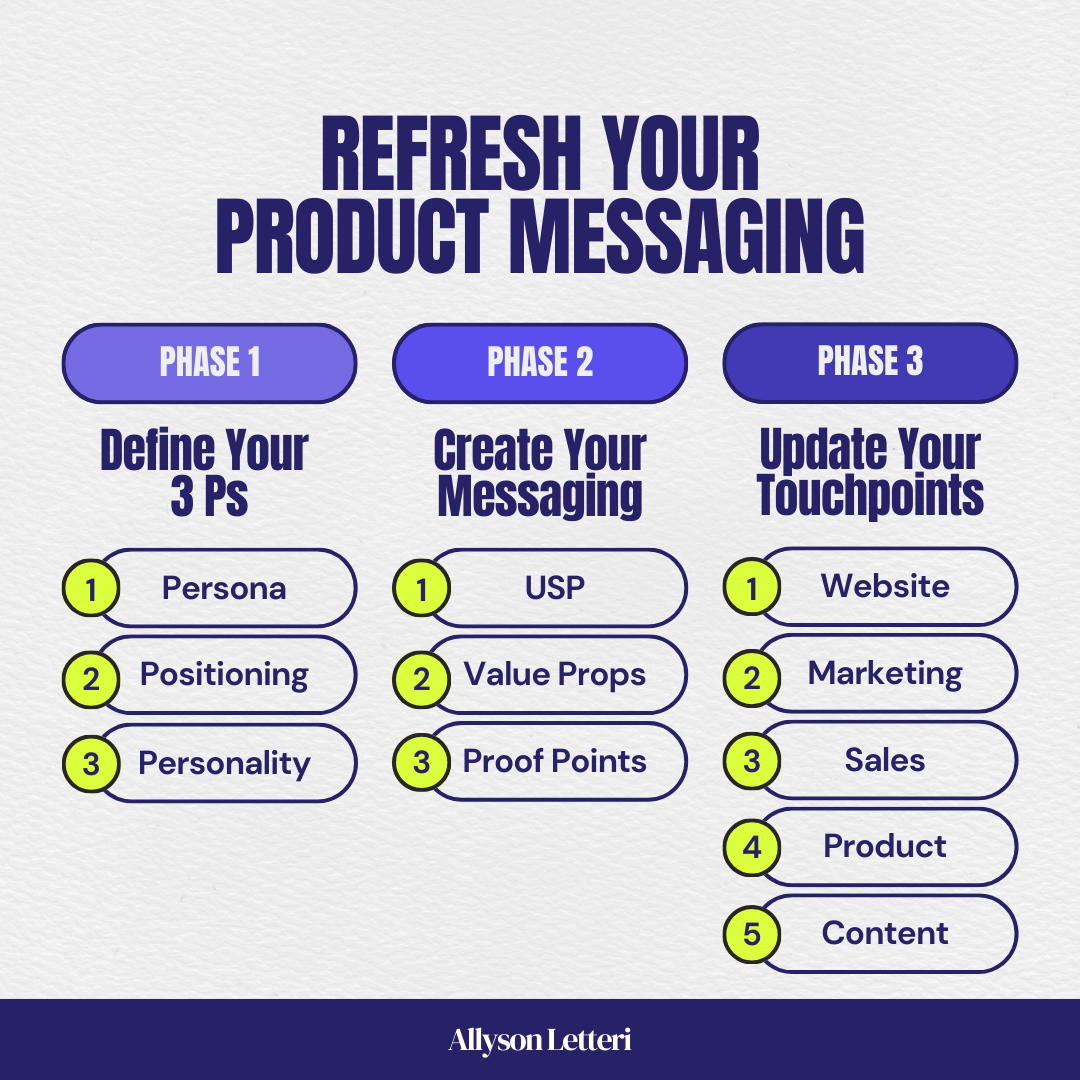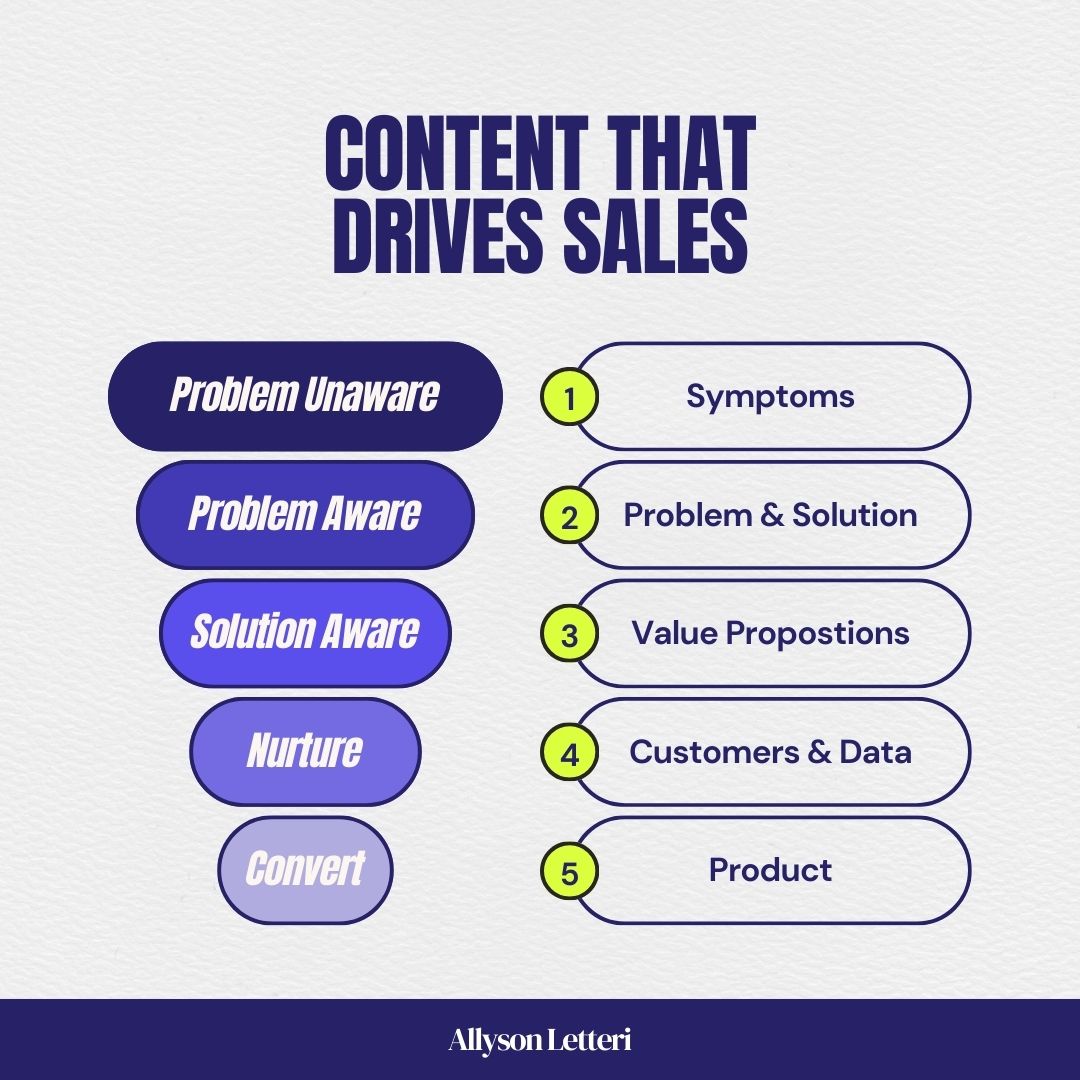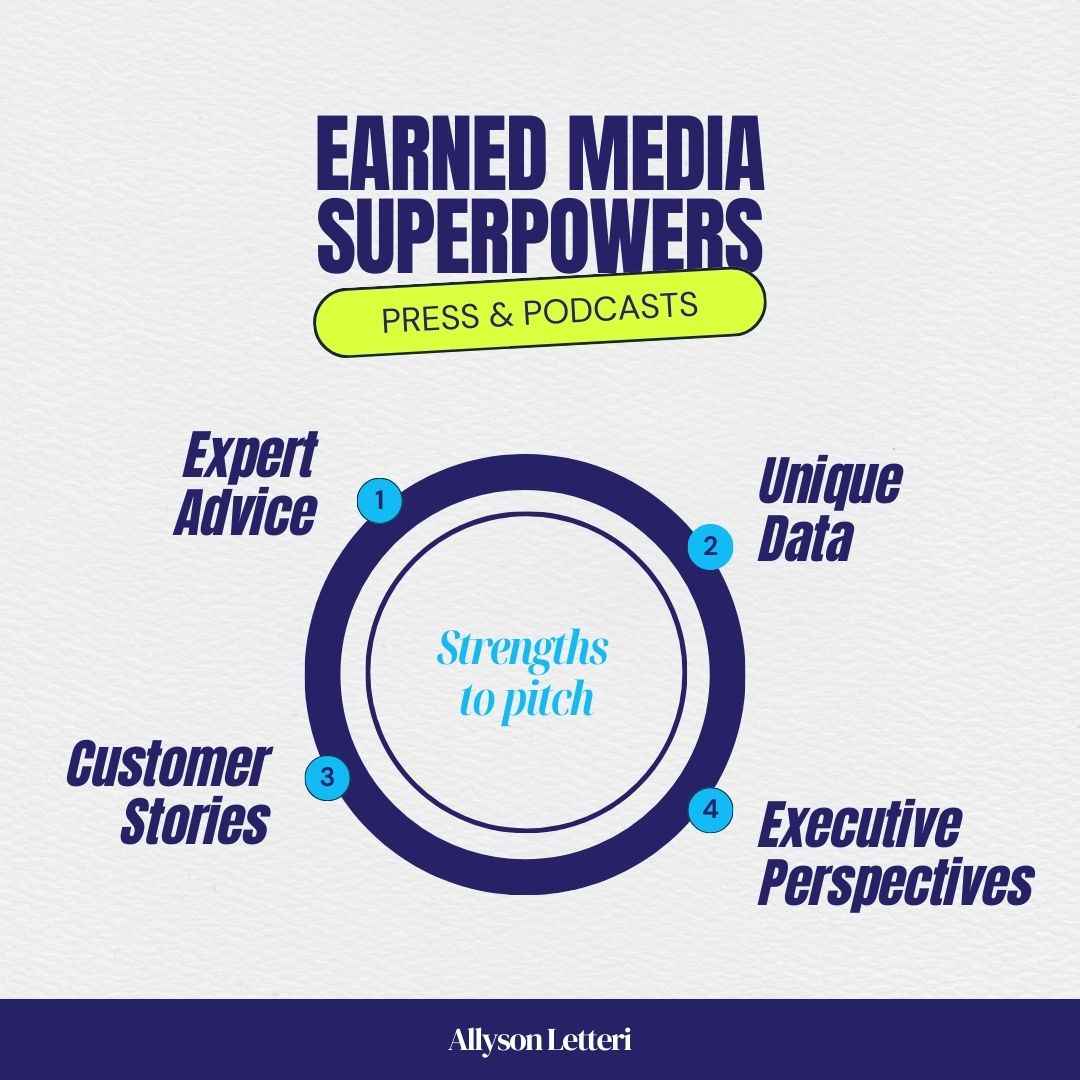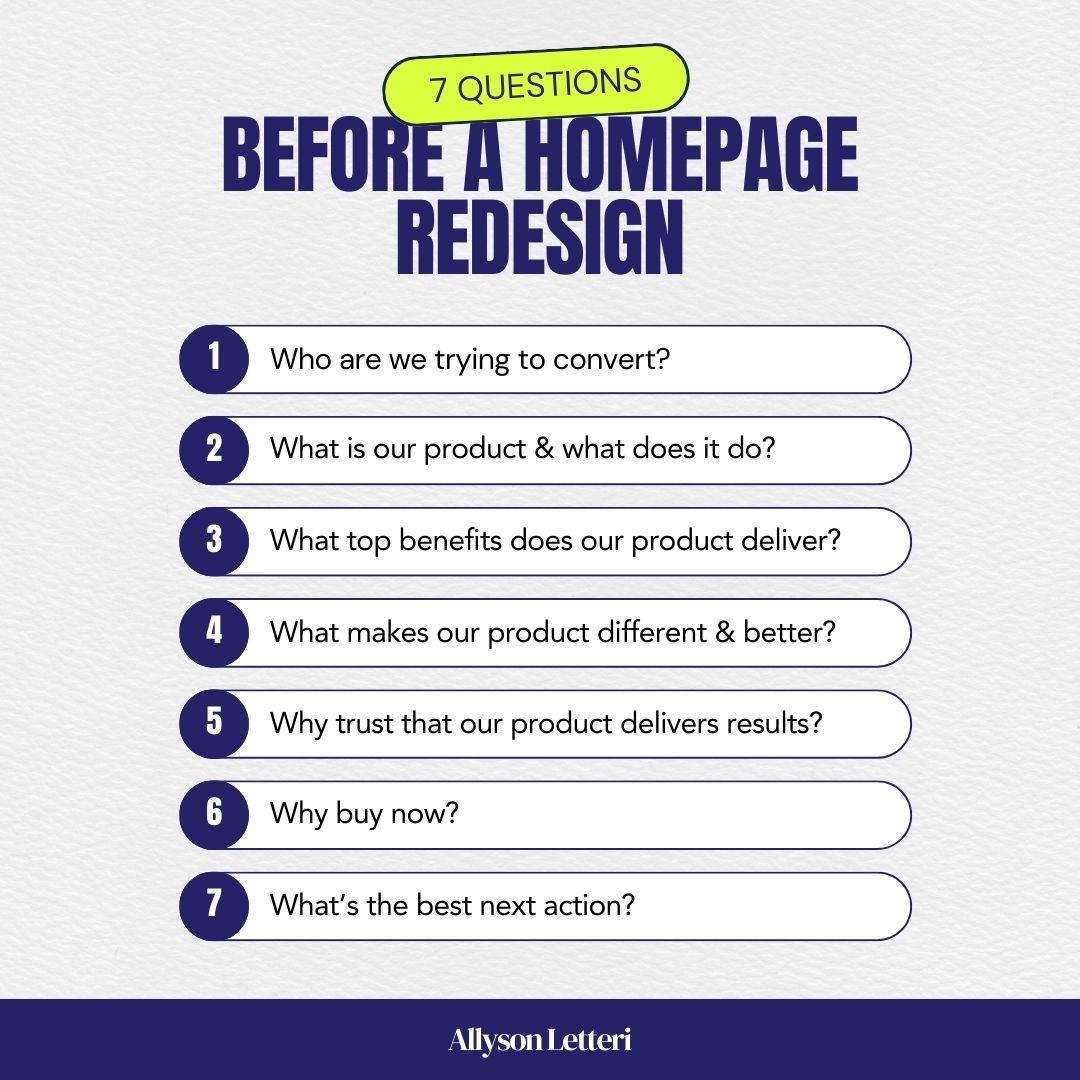I’ve worked for companies at a lot of different stages. People often ask me what to expect when you join a startup vs. a big company. I left Intuit (with global operations and 8,000+ employees) to join Thumbtack (with two small offices) in 2016. And then I joined another startup, Handshake, three year later when it still had low hundreds of employees.

I often say “for me, it didn’t feel that different” to join a startup. I had worked mainly in Intuit’s smaller country offices Intuit, including London, Singapore, and Bangalore. These offices felt like nimble startups within a larger company. Part of why I left a “big company” was to get back to working with a tighter-knit, cross functional team. I enjoy working with a core team that is making decisions, talking through priorities and quickly taking actions. I like the camaraderie of locking arms and making things happen on a smaller startup team.
But over time I’ve realized that working at a startup comes with some rough edges. I did not fully anticipate or understand the differences when I first made the switch. I can now see some pattern. These three things felt the most different when I joined a startup vs. a big company.
Planning processes are looser
At Intuit, our planning cycles were structured and predictable. There was a clear process for defining objectives and key results. Teams created a “plan on a page” that they could easily share with other teams. Our annual planning process had to start early to incorporate many teams’ perspectives and needs. Before our marketing team could plan, company leaders aligned on top level objectives for the year. Then each business unit leader would start planning, setting priorities and defining resource needs.
At a startup, expect this process to be looser. I learned the planning process is likely to change frequently. Sometimes we’d practically skip a quarterly planning process because not much had changed in the business. At other times, we started to plan every 6 weeks (doubling our frequency of planning cycles) to make decisions faster. After working in a corporation, I was surprised that each planning cycle looked a little different.
Even when the company planning process changed, I learned that my team needed a more consistent planning process. I made sure we set aside time quarterly to align on our own actions to support overall company goals. We set overall goals as a team, and each of my team members set their own OKRs for the quarter. Even if the company was on a different cycle, this process helped keep us organized and aligned.

Expectations of managers are more ambiguous
At Intuit I went through multiple highly-structured training programs on how to be a great people manager. I learned how to manage up, how to give tough feedback, and how to create a strategic plan. In fact, I had to demonstrate that I could manage people effectively before getting promoted to a “people manager”
When I joined a startup, I realized quickly that I was the #1 person holding myself accountable to being a great manager. There was less formal manager training (though that changed as we got bigger and invested in manager development). And there were not clear manager expectations or an extended leadership team . While I felt prepared, I was not so sure everyone else around me was.
I realized the most important thing was for me to set my own high expectations for myself. I took what I’d learned from years of working for great managers and my top-notch training from big companies. Some things I could influence directly, like having regular review conversations with my team.
Sometimes I identified big things that could help managers, I made a case for change. I found that startup leadership teams are very open to ideas about how to better equip managers. Employees’ experiences with their managers is a #1 driver of retention. Making sure managers have what they need to be effective is critical to overall org health.
In my experience, startups really stumble if they let the manager free-for-all go on for too long. We’ve all met someone who got hired early and got promoted, but never people manager training. There needs to be a collective high bar, backed up with training, coaching, and information sharing, to help managers thrive.
Career tracks and performance reviews are less structured
Sure, career track clarity and performance reviews are two separate topics. But they are also intertwined so I will share my experience and how they differ at startups vs. a big company.
Intuit, and my first employer BCG, both had incredibly buttoned up and clear review cycles and career path guidelines. I knew that every 6 months that I’d be placed in a 9-box grid that rated my performance and potential. And I better land in the upper right if I wanted to achieve my ambitious career track trajectory.
I knew the specific dimensions that would be in my 360 review and written evaluation to determine my performance. Each career level had specific criteria. I knew what expectations of me as an associate vs. a manager.
Contrast that with getting my first review at a startup. It contained a lot of qualitative feedback and no specific framework (just “highlights” and “opportunities”). I knew I was a Director and saw some general guidelines about what that meant. But for my team, there was not enough clarity about expectations by role and level. I couldn’t easily answer “what will it take for me to get promoted?” Other team members asked “how am I being assessed?” There was no rubric. In our company-wide engagement surveys we heard that performance reviews, and career progression decisions, could feel arbitrary.
This was a place where I could directly help my team by outlining expectations by role and by level. This career framework served as a guide for discussions in our quarterly dedicated career progression conversations. Then the full company started to develop a skills and competency framework by function and by level. These types of guides help you have meaningful performance and career growth discussions with your team. And they can drive team member retention by clarifying expectations and helping you set goals together.
Startups vs. big companies and what to expect
I now know that working for highly structured, process-oriented big companies made me better equipped to thrive in a startup. At startups I’ve seen more ad hoc expectations around goal planning, manager expectations, and career paths.
Be ready to bring you expertise and training from a big company to support your startup team. Infusing this expertise at the right time in a startup can be really valuable to the whole team. But also plan to have a healthy dose of flexibility and willingness to just take action. Startups move quickly, and teams need to make the most of the resources and structure they have. At the same time, help your startup build for the long term by improving and clarifying processes where helpful.

